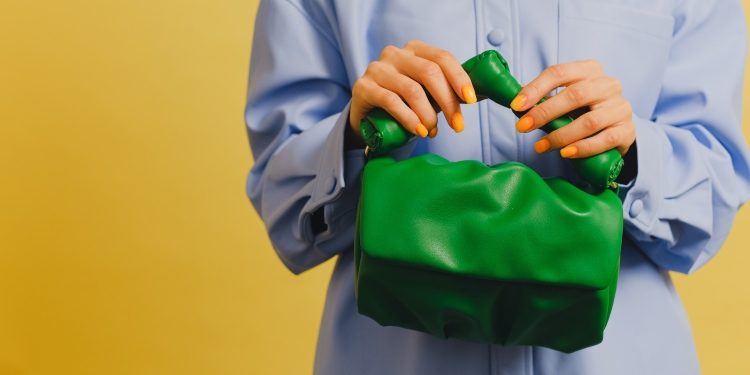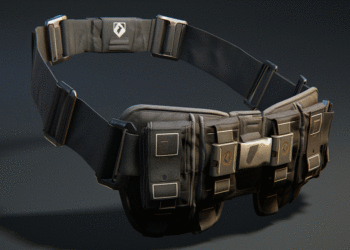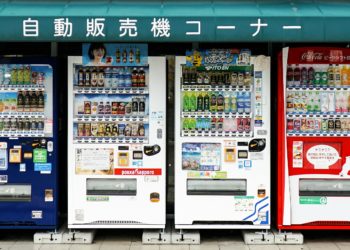Fendi or Faux: How To Spot Genuine Designer Clothing
If you love designer clothing then it’s more than likely that you’ve come into contact with a fake at least once in your life. The hallmarks of designer clothing will differ from brand to brand, but there are some things that will always remain the same: the quality of the materials used, the stitching techniques, garment and accessory sizes, and the longevity of the piece.
Now, at first glance, it’s easy to take a good fake for the real deal. Designer impostors have become so good at imitating genuine designer clothing that it takes an eagle eye to pick out the flowers from the weeds. Perhaps you ordered a men’s shirt for your husband and the packaging seems a little flimsy.
Maybe you bought a pair of boots and now that you’ve got them home and in natural light, the stitching looks a little thinner than the stitching in the image of the item online. If you’ve found something suspicious on your designer garment that makes you question if it’s real or fake, you’ve likely been sold a fake.
We’ve got all the tips you need to be able to spot a fake at 10 paces. Once you’ve read through this list, you’ll never be hoodwinked again.
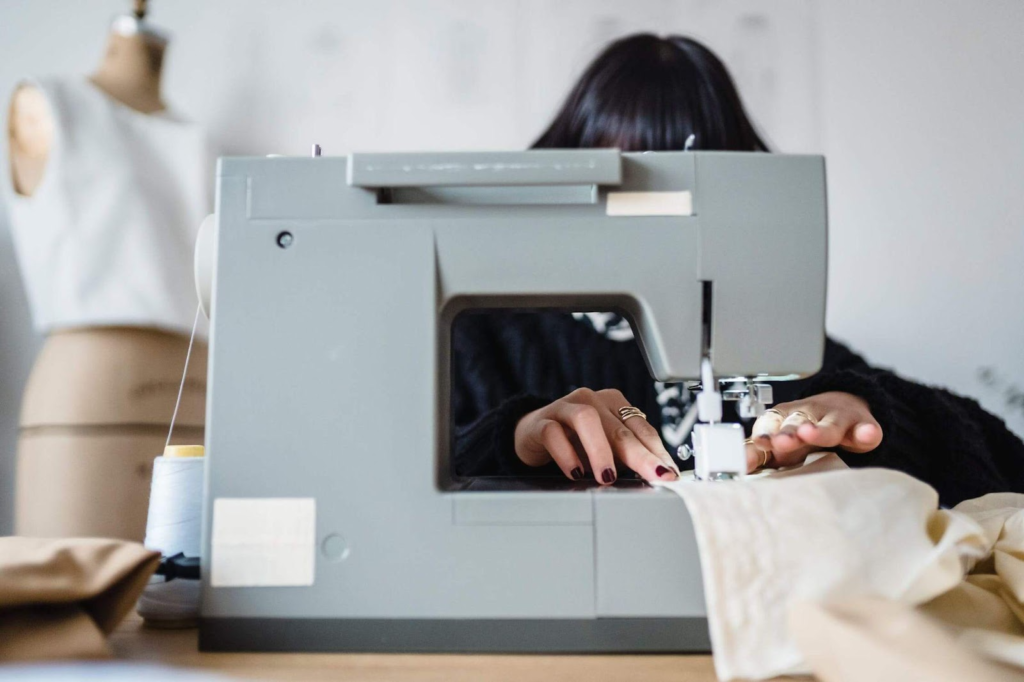
- Logo
At a quick glance, it’s easy to see a fake of a logo that you know well such as Fendi, Chanel, or Armani and think it’s the real thing. The human eye sees what it expects to see, so if you don’t look at the logo on your garment, bag, or shoes very closely before you purchase, you might miss little inconsistencies that distinguish the fake from the real thing. A fake logo will never look exactly like the real thing, as that logo is copyrighted and duplicating it would be a criminal offence, but the differences may be very small. This is common with sunglasses, but it is better to buy designer sunglasses on sale rather than poorly made fake versions.
- Materials
The easiest fake material to spot is pleather: fake leather. Leathers have a distinctive smell and texture that sets them apart from synthetic duplicates. The difference is easy to see, so make sure you look before you purchase. Materials such as silk or satin are a little more difficult to tell apart from their fakes. Often, the best way to tell is a touch test. The real deal will feel smoother and heavier, and will more often than not also smell good.
- Stitching
With leather goods and fine fabrics, certain stitching techniques are used. A good example is the stitching on a pair of Doc Martens. These shoes are often fakes, but never truly duplicated, and the simplest way to tell is the evenness, colour, and location of the outer stitching on the boot. An authentic item will never be sold with a mis-stitch, and there will be more stitches per inch on a real item.
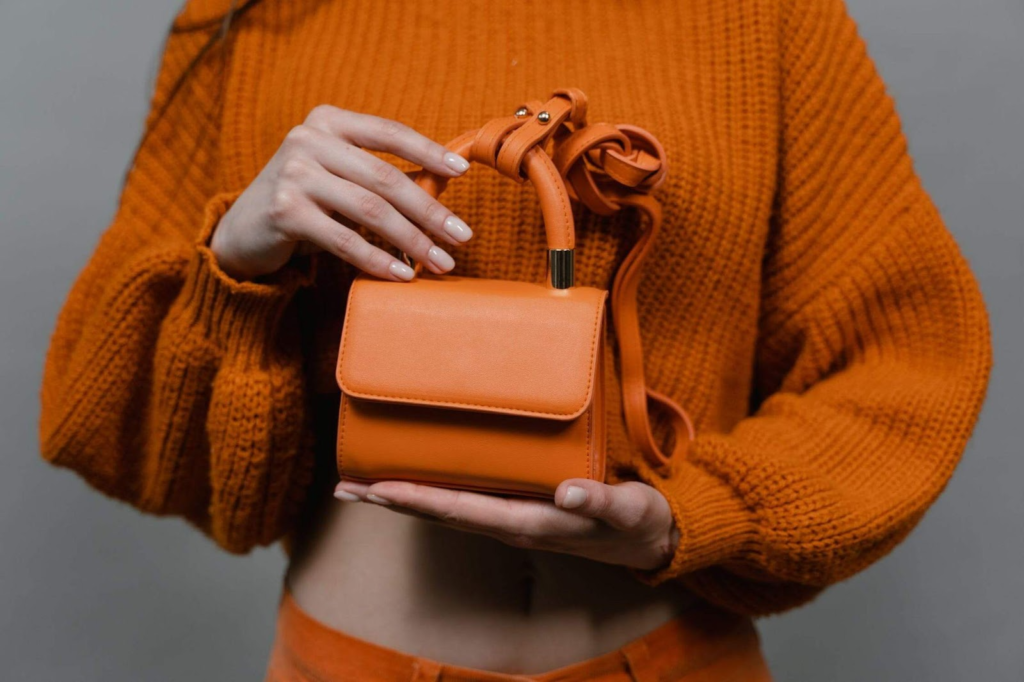
- Fastenings
How likely is a genuine designer handbag to have scratched metal fastenings, a broken or flimsy zipper, or discoloured buckle? Not very! Checking the quality of all fastenings by tapping on them to hear a heavy, metal sound and looking for scratches or discoloration will easily separate the real items from the fakes.
- Buttons
Buttons are technically fastenings, but designer brands more often than not manufacture their own buttons, so it’s a whole other easy way to separate the real stuff from the fakes. Each brand’s buttons will be different, so check on the official site if you’re concerned that you may have a fake on your hands. The site will list the materials in the garment and they will definitely have a clear image of the buttons for you to compare.
- Spelling
Check all the labels and the cards that come with your garment. If the phrasing and spelling sounds and looks correct in your language, or the language of the country in which you purchased the garment, chances are it’s the genuine article. Fakers don’t pay too much close attention to spelling and grammar.
- Packaging
Packaging is an often-overlooked aspect of designer clothing. The packing itself is made of far more expensive materials than that of chain store brands. Boxes and bags are far more solid, wrappings are high-quality paper or fabric, and this is something that fakers do not have the time, money, or interest in duplicating. If the packaging doesn’t feel as luxurious as it should, something is wrong.
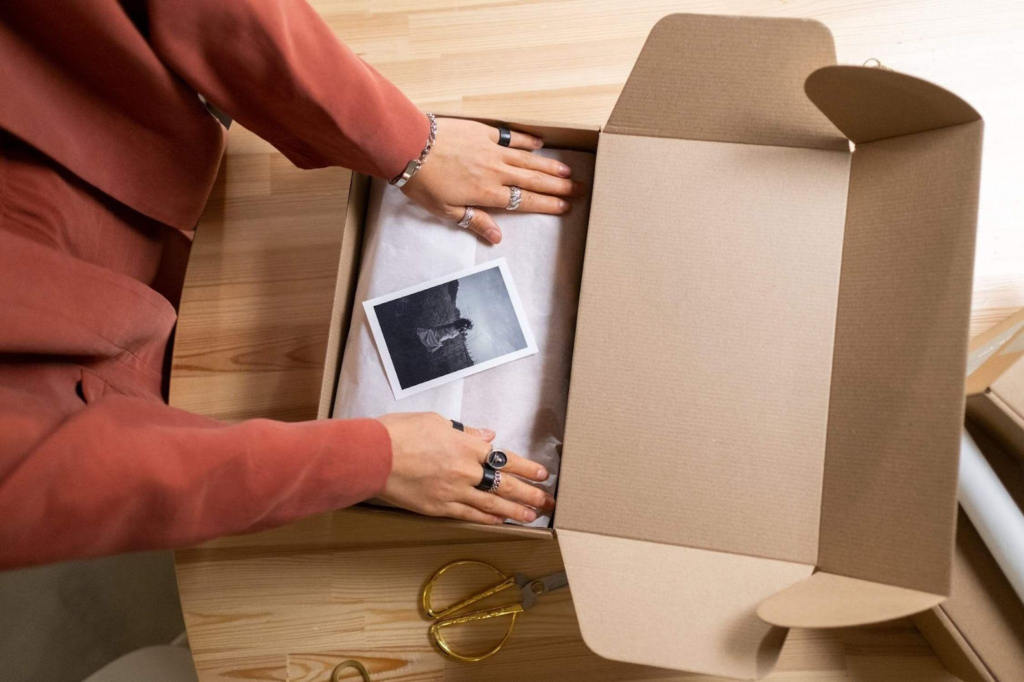
- Extras
These will vary from brand to brand and from store to store, as some stores may be running special offers that others are not, but if you don’t receive the extras that you’re supposed to receive when you purchase your item, you may have been given a fake.
- Pricing
If the price seems too good to be true, it probably is. Designer clothing and accessories come at designer prices, unless the store sends their previous season’s items to an outlet when they’re out of season to sell at discounted prices. If it’s cheap, it’s probably cheaply made, and a fake.
Wrap up
If you keep all these tips in mind when scouting around for your next designer purchase, you won’t fall into the trap of buying imposter designer items!
David Prior
David Prior is the editor of Today News, responsible for the overall editorial strategy. He is an NCTJ-qualified journalist with over 20 years’ experience, and is also editor of the award-winning hyperlocal news title Altrincham Today. His LinkedIn profile is here.






















































